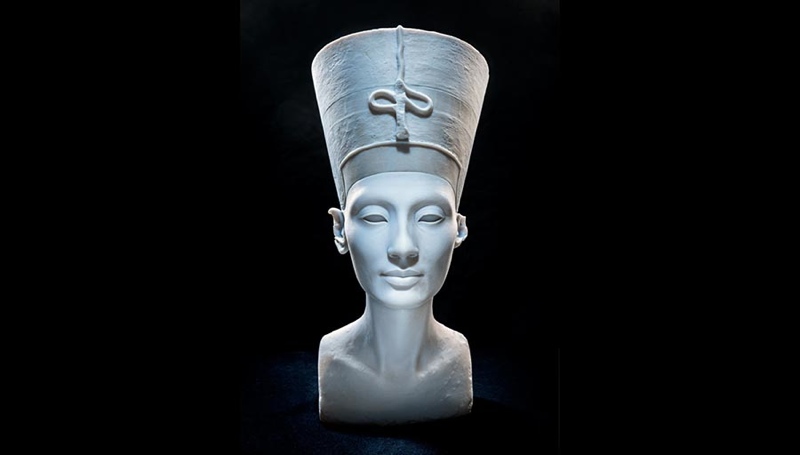These days, it’s easier than ever to access our historical heritage on the internet. We’ve spent the past few years using cutting-edge technologies to capture antiquities and artifacts in images, video, and even 3D scans. It’s undeniably a good thing—with organizations like ISIS roving around destroying UNESCO heritage sites and smashing statues with hammers, these 3D scanning and printing might be the last great chance for protecting our heritage.
But it’s not so simple, writes The Boston Globe.
…while it’s easy to predict that technology will solve—or at least mitigate—the problem of cultural destruction, the big picture is much more complicated. Today’s archaeological moment demonstrates both the possibilities and limitations of what we call ‘techno-heritage’—the marriage of technology and cultural heritage.
The main problem we have is a big one: how to determine ownership.
Just as technology has the power to preserve and protect ancient artifacts, it also invited a dizzying array of legal conflicts over their digitization and replication, particularly regarding the intersection of copyright law and cultural identity.
As the Globe argues, we’ve created a situation in which a lot of individuals and private entities can–and do–claim to own a scan of objects that should not be protected under copyright. This is is the side effect of what they call a society of “hyperownership,” in which every. single. thing. is owned by someone.
This need to assign ownership in cases of cultural heritage complicates things very quickly. For example, see this article about a scan of Nefertiti’s bust. The back story: A group of artists claim that they surreptitiously gathered a scan of Nefertiti’s bust while it was on display in a Berlin museum. They also released the scan data to the public on a Creative Commons license, claiming that they were bringing the bust back to Egypt where it belonged in the first place.
Do the artists who captured the data own the scan? Can the museum rightly claim that the artists have infringed on copyright when the object itself is available to the public? Does it change your answer to know that the scan was probably downloaded when some hackers broke into the museum’s own servers? Can the museum claim copyright considering that the object itself was pilfered from Egypt?
Why does this get so tangled when it should be so simple? The Globe offers an explanation:
When cultural property is converted to a 3D print or rendered in virtual or augmented reality, it starts to look and feel like other forms of intellectual property.
In other words, that 3D scan of Nefertiti seems so similar to an MP3 or an ebook in the ways that we distribute it or use it, that we’re tempted to give it the same legal protections. This is why we have cultural institutions starting to claim copyright for scan files, even though those scan files are digital representations of objects that belong to a whole culture.
The article makes a bold and convincing case: By restricting ownership of digitized cultural objects, we risk boxing out the very cultures that we’re supposed to be preserving those objects for. If we scan the arch at Palmyra, but no one is allowed access to the file, have we really preserved anything?






